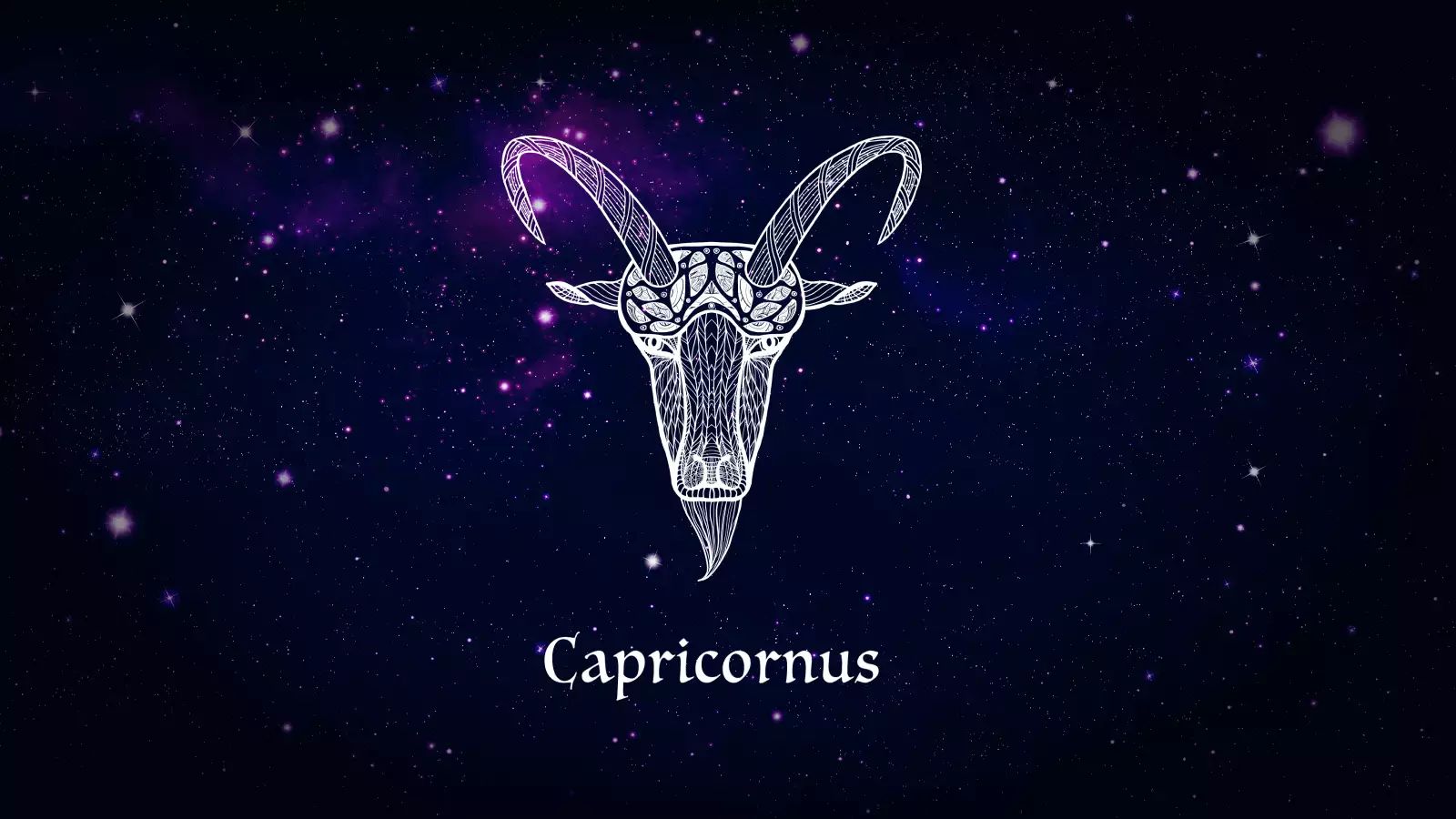
When it comes to astrology, Capricorn is one of the most intriguing and fascinating zodiac signs. Born between December 22nd and January 19th, Capricorns are known for their determination, practicality, and ambition. They are often seen as hardworking individuals who strive for success and excel in various aspects of life.
In this article, we will delve into the world of Capricorns and explore 14 captivating facts about this unique zodiac sign. From their personality traits and characteristics to their compatibility with other signs, we will uncover some interesting insights that will shed light on what makes Capricorns so special.
So, if you’re curious to learn more about Capricorn and discover some intriguing facts about this sign, buckle up and let’s dive in!
Key Takeaways:
- Capricorns are ambitious, practical, and disciplined leaders who value tradition and stability. They have a great sense of humor and are fiercely loyal in relationships.
- Capricorns possess excellent problem-solving skills, patience, and independence. They thrive in organized environments and approach challenges with a practical and logical mindset.
Capricorn is the tenth sign of the zodiac.
Individuals born between December 22 and January 19 fall under the Capricorn zodiac sign. It is represented by the symbol of the Sea Goat, combining the earth element with the determination of the mountain climber.
Capricorns are known for their ambition.
Capricorns are highly ambitious and strive for success in all aspects of their lives. They are driven, dedicated, and persistent in achieving their goals.
Capricorns are practical and grounded.
Practicality is a key trait of Capricorns. They have their feet firmly planted on the ground, making them reliable and sensible individuals.
Capricorns are natural-born leaders.
With their strong work ethic and organizational skills, Capricorns often find themselves in leadership positions. They excel at taking charge and guiding others towards success.
Capricorns are disciplined and responsible.
Capricorns possess a strong sense of responsibility and have excellent self-discipline. They are dependable and always follow through on their commitments.
Capricorns have a serious and reserved nature.
Capricorns are often seen as serious and reserved individuals. They value their privacy and tend to keep their emotions guarded.
Capricorns value tradition and stability.
Capricorns have a deep respect for tradition and prefer stability in their lives. They appreciate consistency and are drawn to established systems and structures.
Capricorns are practical problem solvers.
Capricorns have a practical approach to solving problems. They possess excellent critical thinking skills and can find solutions to even the most complex issues.
Capricorns are fiercely loyal.
When it comes to relationships, Capricorns are known for their unwavering loyalty. They value long-lasting bonds and will go to great lengths to support their loved ones.
Capricorns have a great sense of humor.
Contrary to their serious nature, Capricorns have a surprisingly great sense of humor. They enjoy witty and intelligent conversations that make them laugh.
Capricorns are patient and persistent.
Capricorns understand that success takes time, and they have the patience to wait for it. They are persistent in their pursuits and never give up easily.
Capricorns are highly organized.
Capricorns thrive in an organized environment. They are experts at planning and prefer having a clear structure in their personal and professional lives.
Capricorns are natural problem solvers.
Capricorns have an analytical mindset and excel at finding solutions. They approach challenges with a practical and logical perspective.
Capricorns are deeply independent.
Capricorns value their independence and strive to maintain their autonomy. They are self-reliant and enjoy having control over their own lives.
Overall, the 14 captivating facts about Capricorn showcase the unique characteristics and qualities of individuals born under this zodiac sign. From their ambition and practicality to their loyalty and patience, Capricorns possess a range of traits that make them truly remarkable.
Conclusion
In conclusion, Capricorns are an intriguing zodiac sign with a rich history and many captivating facts. From their ambitious and hardworking nature to their sense of responsibility and practicality, Capricorns possess unique qualities that set them apart. Their determination and discipline fuel their success in various aspects of life, and their loyalty and reliability make them excellent friends and partners. Whether you’re a Capricorn yourself or have a Capricorn in your life, understanding these fascinating facts can help deepen your appreciation for this remarkable astrological sign.
FAQs
Q: What are the dates for the Capricorn zodiac sign?
A: Capricorn spans from December 22nd to January 19th.
Q: What is the symbol for Capricorn?
A: The symbol for Capricorn is the Goat, specifically a Sea-Goat.
Q: What are some positive traits of Capricorns?
A: Capricorns are known for being ambitious, disciplined, practical, responsible, and loyal.
Q: Are Capricorns compatible with other zodiac signs?
A: Capricorns are generally compatible with Taurus, Virgo, Scorpio, and Pisces.
Q: What career paths are suitable for Capricorns?
A: Capricorns excel in careers that require organization, leadership, and determination, such as business, finance, law, and management.
Q: Do Capricorns believe in astrology?
A: While not all Capricorns may believe in astrology, many find value in exploring their zodiac sign and its characteristics.
Q: How can I connect with Capricorns on a deeper level?
A: To connect with Capricorns, show them that you appreciate their hard work, be reliable and trustworthy, engage in intellectual conversations, and support their goals and ambitions.
Was this page helpful?
Our commitment to delivering trustworthy and engaging content is at the heart of what we do. Each fact on our site is contributed by real users like you, bringing a wealth of diverse insights and information. To ensure the highest standards of accuracy and reliability, our dedicated editors meticulously review each submission. This process guarantees that the facts we share are not only fascinating but also credible. Trust in our commitment to quality and authenticity as you explore and learn with us.
